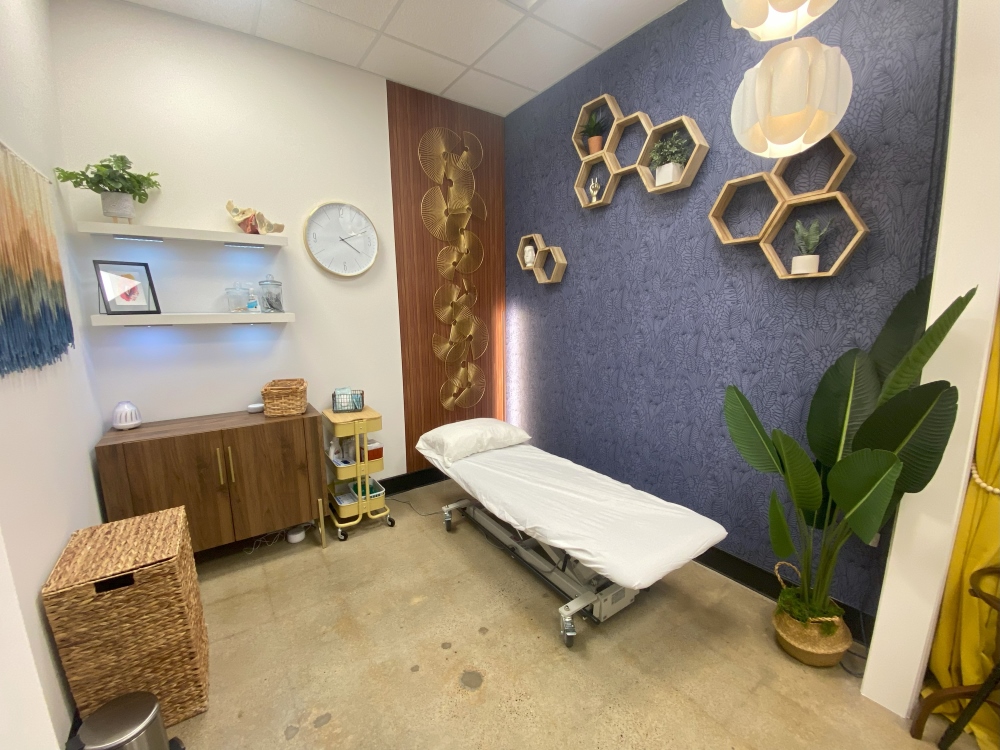
Telehealth Pelvic Floor Physical Therapy
Telehealth Pelvic Floor Physical Therapy
There is a wide range of experience and expertise in pelvic health. Unfortunately, many patients don’t have access to expert pelvic floor care locally. You may have been to multiple local doctors, pelvic floor physical therapists, or other practitioners without success. You may even feel dismissed, have been told your symptoms are ‘all in your head’, or have reached a plateau where you just can’t seem to get any better. Perhaps you’ve been told your doctor has no other options, and you’ll just have to live with your symptoms.
You’re not alone—thousands of people have dealt with chronic pelvic pain or dysfunction, but they now live happy, healthy lives—and so can you!
Dr. Laura Meihofer offers telehealth pelvic floor services to people around the US and internationally to provide access to personalized, expert advice. She listens to your full case history—for many, it’s the first time they’ve ever been able to tell their whole story to a medical practitioner.
With telehealth services, patients can expect to receive the same level of quality care and attention as in-office patients, minus the hands-on approach. You can read more about how telehealth care works below!

How Telehealth Works
All new patients will start with a consultation, allowing both you and Dr. Meihofer to get to know each other better, as well as gain information about your condition and any experience you may have had with pelvic floor therapy in the past.
After a consultation, Dr. Laura provides an email summary and action plan that will include ideas on self-care, treatment options, and questions to ask your physician.
If you choose to continue telehealth services, you can expect to receive a customized plan of care that is formulated by Dr. Meihofer and catered to your unique, individual needs. This can include instruction for the following:
- Gaining a better understanding of anatomy and your condition.
- Stretching, breathing, and strengthening exercises.
- Methods to apply manual techniques at home—utilizing hands, cups, balls, pelvic wands, dilators, and more.
- Behavioral modifications and dietary suggestions.
- How to advocate and plan for your pelvic floor health with other providers.
For telehealth pelvic floor physical therapy services, patients will typically meet with Dr. Laura Meihofer every 1 – 2 weeks. Each session lasts 60 minutes, but will not always necessarily be face-to-face calls. Telehealth sessions are often more informational, so you can expect to receive follow-up emails that contain helpful resources, questions to think about, and homework (self-practice). In some cases, you may receive an instructional video that details how to do specific exercises—especially in the case where exercises may be more complex, or if you have made a request.
The number of appointments needed through telehealth will depend on a few factors, including what your condition is, how consistent you are with at-home practice, and the goals you may be looking to achieve.
If you are already seeing a local physical therapist, these telehealth services are a great way to ensure you are receiving well-rounded pelvic floor care. Dr. Laura Meihofer specializes in holistic care, and can do a chart audit to ensure your physical therapist hasn’t missed anything. She can connect with your current physical therapist to go over any manual techniques that you may benefit from or that need to be modified.
Or, another great option to consider for those interested in telehealth pelvic floor services is the intensive pelvic floor physical therapy services, a condensed physical therapy program for those who are interested in traveling to Minnesota for in-person sessions with Dr. Laura. Similarly to telehealth, this program is great for patients who may not have long-term access to expert care locally—but perhaps are still interested in hands-on and in-person care.
Dr. Laura Meihofer is an out-of-network provider and does not accept insurance including Medicaid or Medicare. You are responsible for full payment at the time of services. Documentation for out-of-network insurance benefits will be provided upon request; however, please note if you live outside Minnesota, telehealth services are not eligible for insurance reimbursement. Learn more about out-of-network providers.

You can learn more about pelvic floor therapy and Dr. Laura Meihofer before making an appointment! Feel free to check out the following resources:
FAQs About Telehealth Services
Who is a good candidate for telehealth services?
Both current and new patients are a great fit for telehealth services! However, some patients may be especially better suited to telehealth, such as in the following cases:
- Current patients who could benefit from virtual follow-up appointments.
- New patients who want to learn more, get acquainted with Dr. Meihofer, or have a more thorough consultation when getting started.
- Patients who want to be proactive in their health.
- Those who have experienced recent, minor symptoms.
- Patients who are tight on time. (Virtual physical therapy is very convenient!)
- Patients who are uncomfortable with in-person services or unable to physically attend appointments due to mobility, location, or other reasons.
Are there situations where telehealth is less convenient?
Some conditions are more suited for in-person diagnosis and treatment. This can be due to the need for physical examination, or physical treatments may be required for proper rehabilitation and healing. Therefore, the following patients may be more suited to in-person services:
- Patients who are recovering from an operation.
- Patients with certain long-term, chronic conditions.






